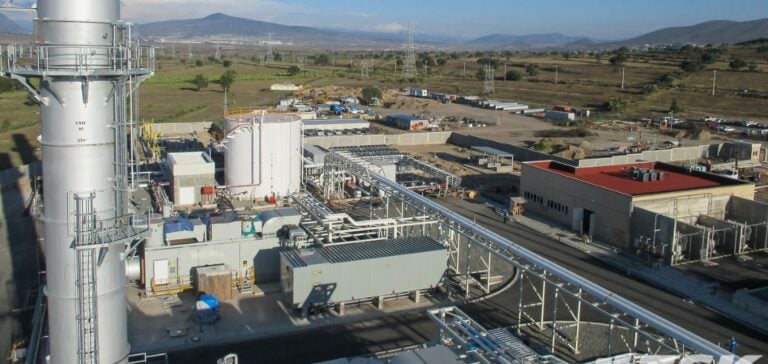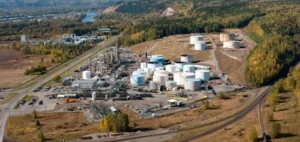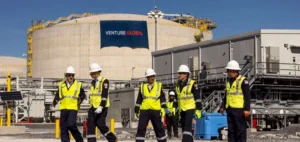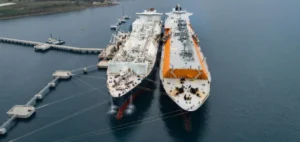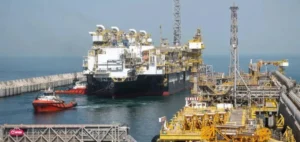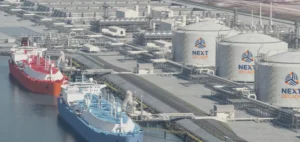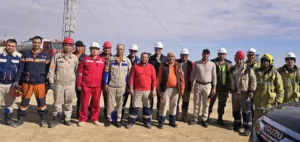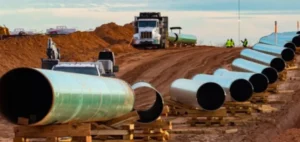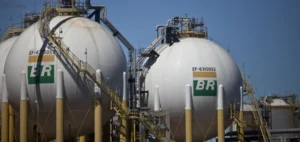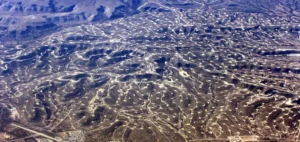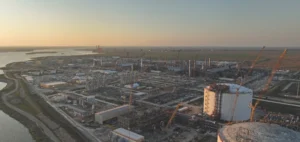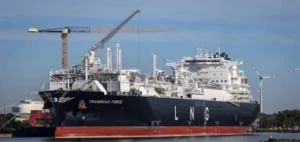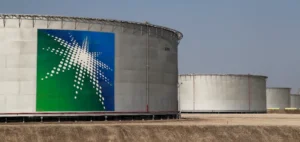The Dominican Republic has announced the installation of a 470-megawatt (MW) natural gas power plant in Punta Caucedo, in the Boca Chica region. This project, led by Generadora San Felipe Limited (GSF), is part of a national strategy to modernize energy infrastructure while reducing its carbon footprint.
Natural gas currently represents nearly 50% of the country’s electricity production, reflecting a successful transition from liquid fuels to less polluting energy solutions. This transition plays a central role in achieving the Dominican government’s climate objectives while supporting the expansion of renewable energies.
A project supported by international partnerships
The San Felipe plant relies on advanced equipment and benefits from the expertise of TSK Electrónica y Electricidad S.A., a Spanish company specializing in energy projects. Its strategic proximity to the AES/ENADOM liquefied natural gas (LNG) terminal, with a storage capacity of 250,000 m³, ensures a stable supply chain and improved energy security.
According to sector experts, this project represents significant progress in the energy landscape of the Caribbean region. Dominican authorities highlight its role in diversifying the national energy mix, allowing the country to reduce its reliance on volatile and high-emission energy sources.
A future-ready infrastructure model
The plant incorporates advanced technology capable of operating with natural gas and hydrogen blends, paving the way for lower-carbon operations in the future. Additionally, post-combustion carbon capture systems could be added, enhancing the environmental sustainability of the facility.
The project is also part of a broader regional dynamic, where neighboring countries invest in modernized energy infrastructure to support economic growth while meeting international climate standards. The Dominican Republic is using this project to strengthen its energy competitiveness and attract more foreign investment in the infrastructure sector.
Implications for economic and political actors
The San Felipe power plant project illustrates the collaboration between public and private entities to achieve common strategic objectives. By focusing on stable and efficient energy solutions, the Dominican Republic reduces its vulnerability to fluctuations in international fuel markets.
This initiative is also seen as a catalyst for regional discussions around energy cooperation. Local and international political actors are closely monitoring the project’s impact on the region’s economic and environmental landscape, as well as its potential influence on neighboring countries’ energy policies.


